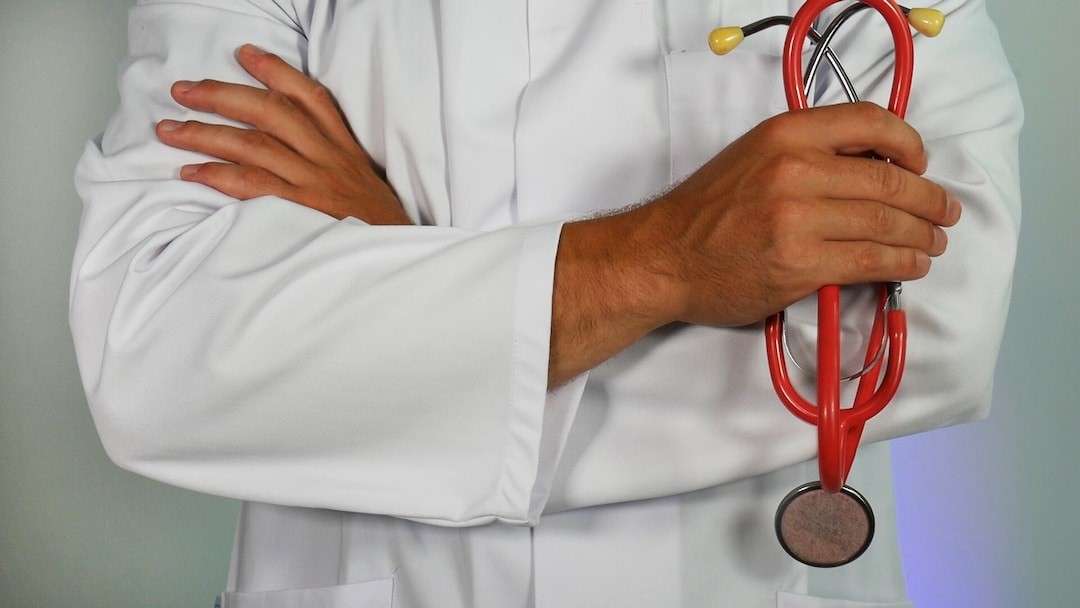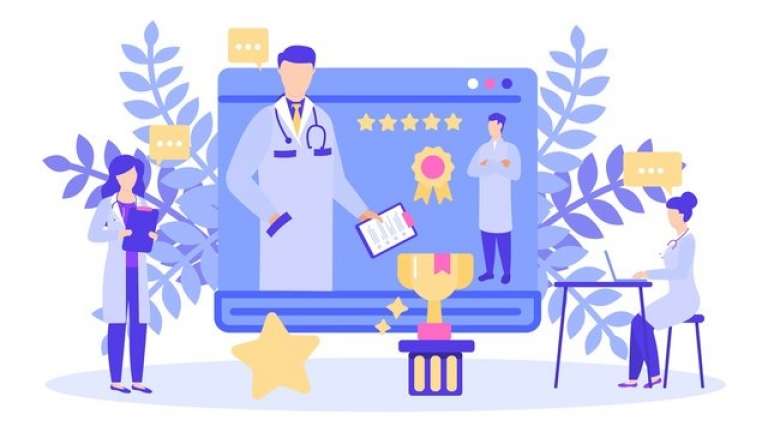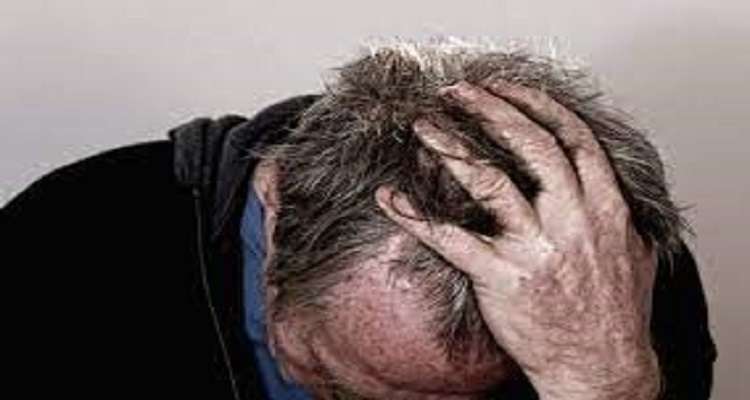Withdrawing from drugs or alcohol can be challenging for people suffering from addiction. However, those who can achieve sobriety say that they feel better physically and emotionally. The path of rehabilitation isn’t easy, but there are multiple benefits, including happiness once completed, which should give hope towards success if done correctly
Going to rehab is the first initiative towards getting sober and living a productive life. The emotions are mixed, both positive and negative. While you may be excited to live a life free of drugs and alcohol, the final stages of recovery can also be a source of anxiety.
People go through a series of setbacks before the final recovery. Stay calm and determined. Though, it does take more than willpower to prevent a recurrence. Moving back to your routine life after rehab is seriously important to ensure you are healthy and sober. You can find yourself in situations where you feel the urge to use the substance again and find no consultants or colleagues for help. However, counseling programs and rehabs enable patients to prepare for life beyond recovery.
Resuming life, relationships, and work may seem daunting to you, but it is possible. However, you can seek help from Serenity at Summit, which provides medical detox, inpatient facility, and clinical stabilization to smooth drug recovery. Suppose you learn to identify strategies to cope with stress, anxiety, and provoking behaviors. In that case, it will be easier for you to return to normal. Together with effort, willpower, and positivity, you can achieve the true spirit of life.
By adopting the following steps, you can resume your regular and healthy lifestyle:
- Determine the triggers and ways to manage them
You must be aware of the situations that can result in a relapse. You should be able to manage these situations in good health. Relapse occurs in different phases. These phases can be emotional, physical, or psychological. Hence, you should be able to recognize the triggers and warning signs. Some of these warning signs include:
- Being at a place where people use drugs and alcohols
- Acting irresponsibly without thinking logically
- Thinking of returning to addictive routine
- Imagining drugs and alcohol to be the last option to cope with the pain
- Anxiety and urge
- Interacting with addicts
- Engage in physical activities
The brain and body are interconnected. Participating in physical activities results in improving mental and physical health. People recovering from addiction show signs of reduced anxiety, lessened withdrawal symptoms, and an increased abstinence rates. Body exertion burns calories and reduces the urge for substance use. Exercise is good for patients who are dealing with stress, insomnia, depression, or detoxification. Most of the rehabs have a gym built inside one solution to keep the patients distracted. Exercise, when paired with nicotine replacement, is more effective at preventing weight gain in smokers.
- Connect with people
Being an addict, much of your relationships suffer due to behavioral issues. It’s time to rekindle old friendships and form new relationships. Some of your previous toxic relations may have contributed to your drug and alcohol addiction. Maintaining toxic relations can increase the chances of your relapse. Try to make positive connections at your workplace that support you in this time. Nurturing good relations will let you recover speedily. Provide a sense of community for people receiving treatment for substance abuse. You can find new friends through support groups, community events, or sports groups.
- Eat healthily
Food has a high impact on your brain functioning. A nutritious diet plays a significant role in the recovery process from addiction. You should consume a diet that will help recuperate by balancing the levels of serotonin in the brain. Serotonin is a hormone that helps to relax your brain. Consumption of the following diet can make your recovery quick:
- Carbohydrate-rich meals such as legumes, pasta, bread, root vegetables
- Foods rich in calcium like dairy products
- Proteins in the form of meat and fish
- Consumption of oils such as flaxseed, canola, and olive
- Therapies
Cognitive-behavioral therapy is now commonly used to treat drug and alcohol addiction. It helps the patients in learning the consequences of their damaging actions. Past events or environmental circumstances influence attitudes and behaviors. Therapies help people in learning new skills and managing stress and triggers. Numerous therapies help patients suffering from drug abuse, including medical detox, inpatient rehab, online rehab, and outpatient rehab.
- Pursue your future endeavors
Now that you are returning to normal, it’s time to think about your career and future. Decide whether you want to pursue higher education or find a job that will keep you active and reduce your risks of relapsing. Having goals to aim motivates you and can be an effective antidote to addiction. It makes no difference what your objectives are as long as they are essential to you. Some rehab centers offer jobs to their patients after their recovery. It can be challenging to apply for higher education after the recovery process. Therefore, seek help from career counselors or a coach who will clarify your goals for you.
Final Words
It is crucial for everyone fighting their wills of drug addiction to find the best drug addiction treatment for themselves. Look for the most appropriate rehab centers that support you in the most critical times. Learn healthy ways to cope with stress, such as meditation and counseling. Avoid places and people who can trigger your urge. Spend time in nature, busy yourself with some book reading, arts or painting hobby. Relapse can be unpleasant and upsetting, don’t let it demotivate you. Instead, it can also be an opportunity to learn from your mistakes. Take care of yourself and celebrate your milestones.
Read Also: 10 Best Practices for Healthy Teeth and Gums
















